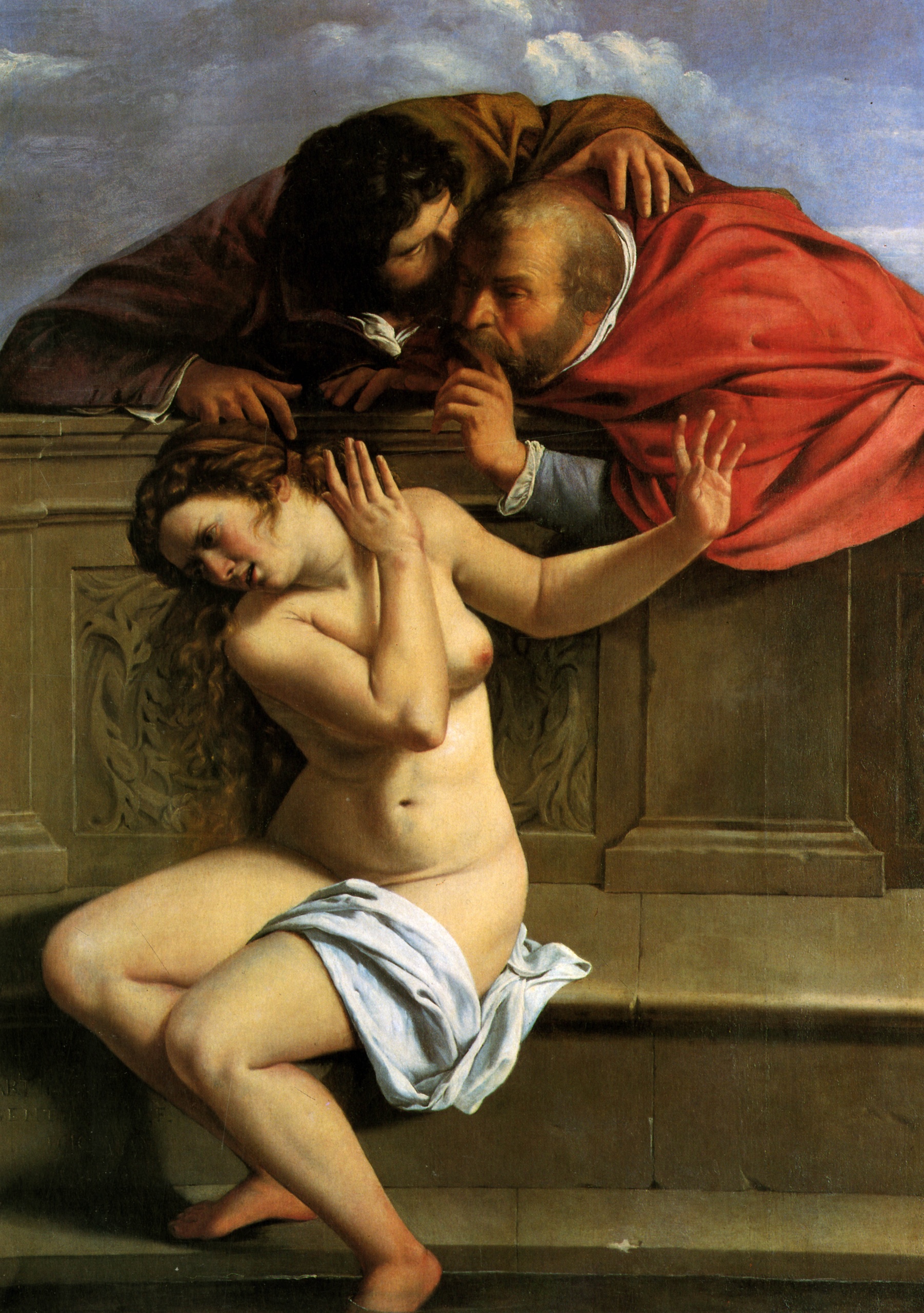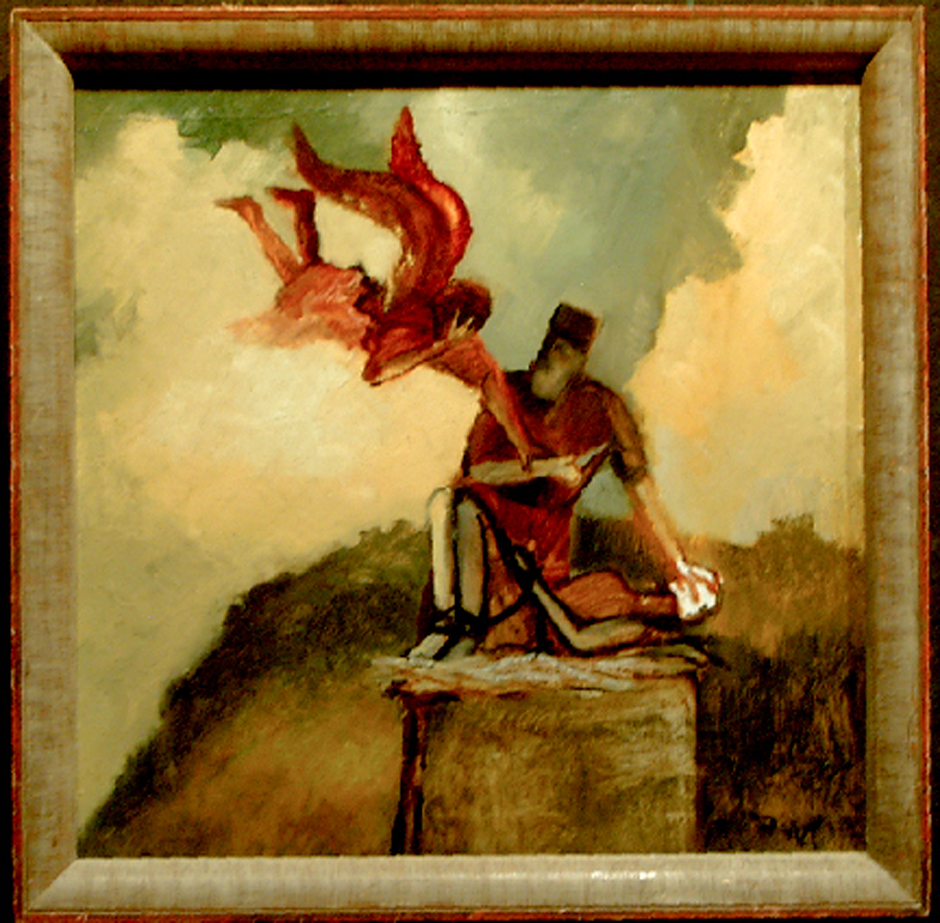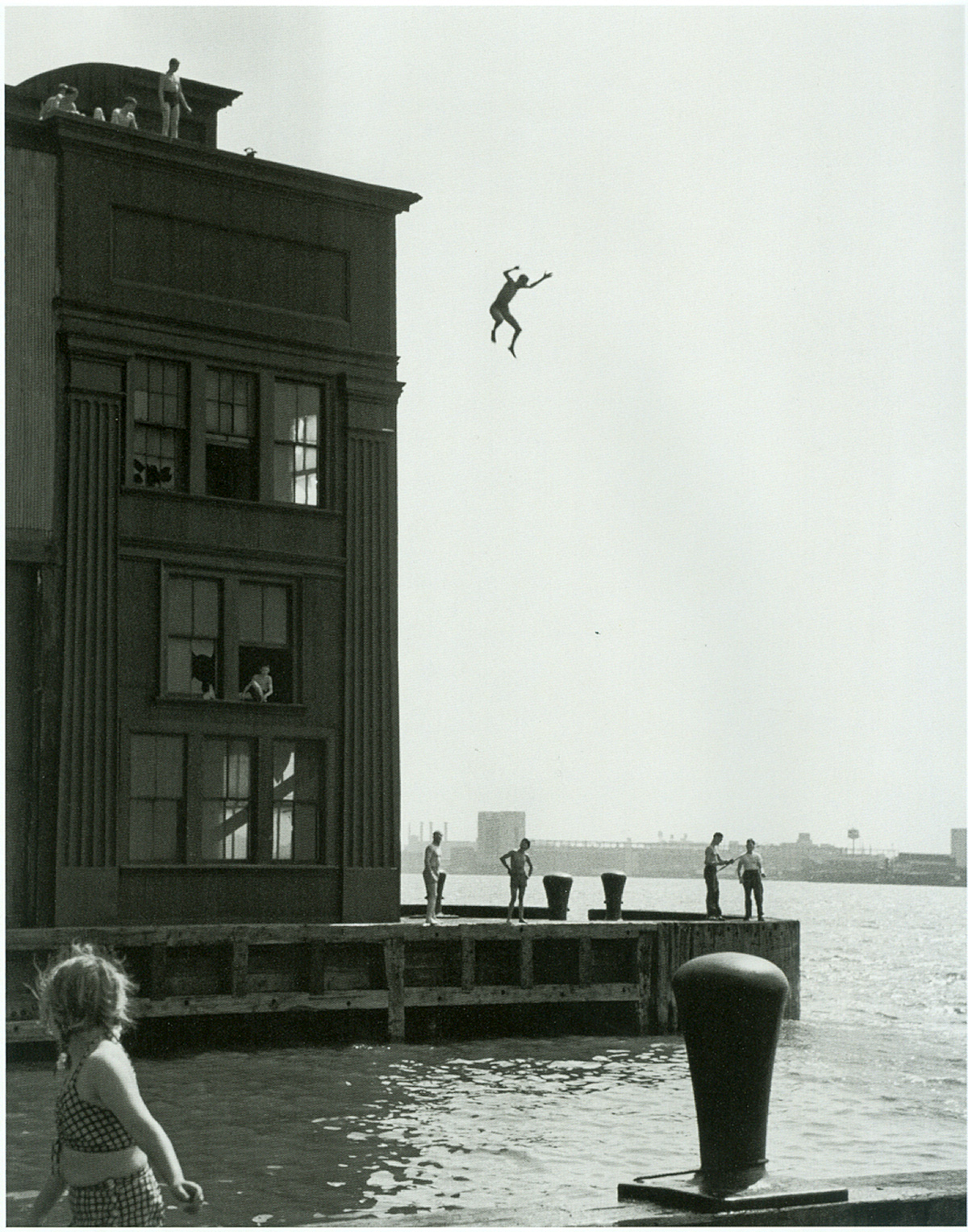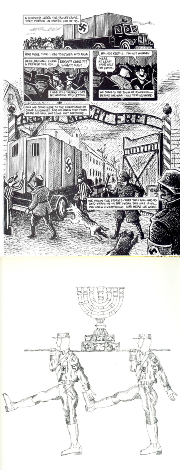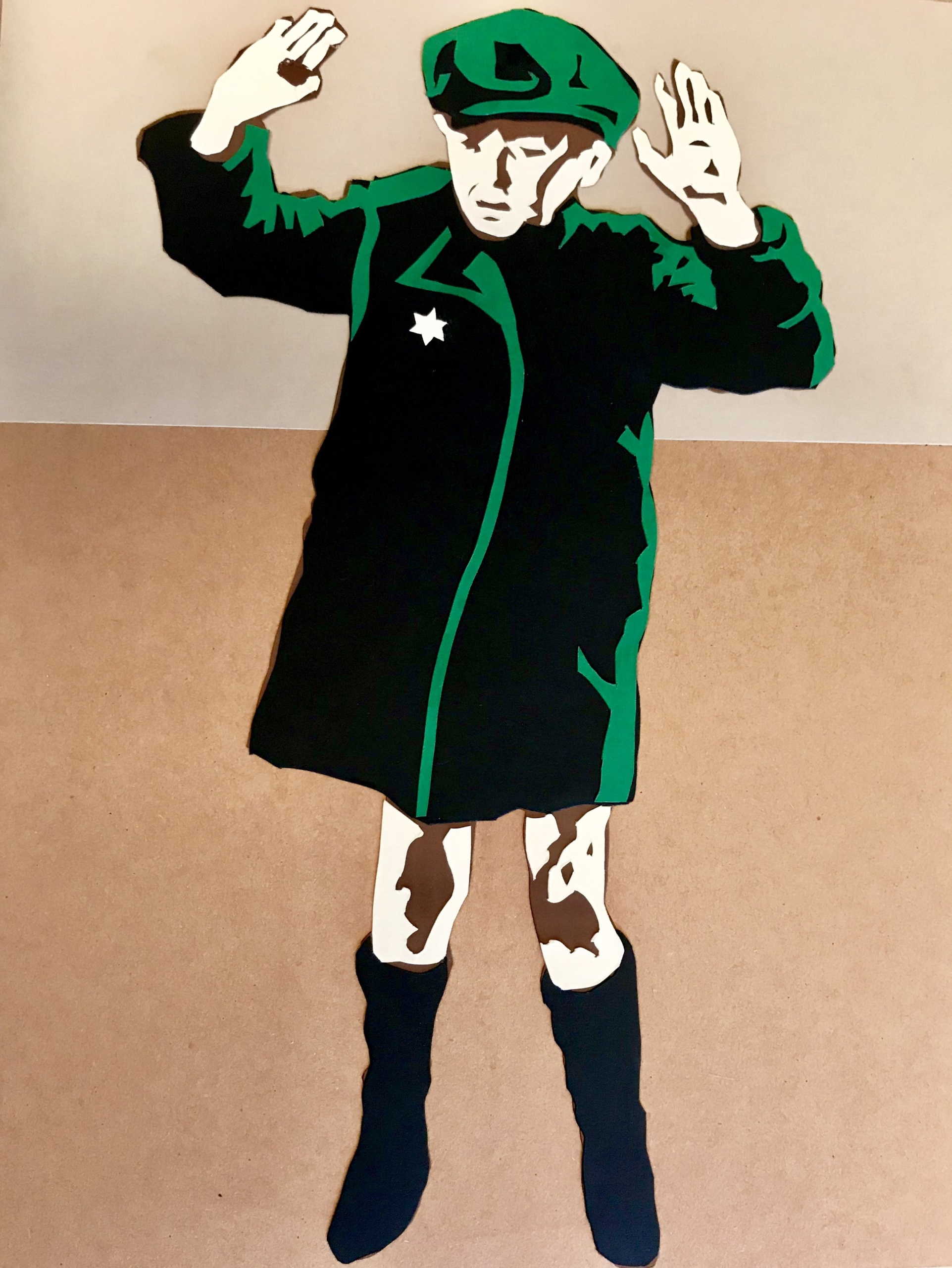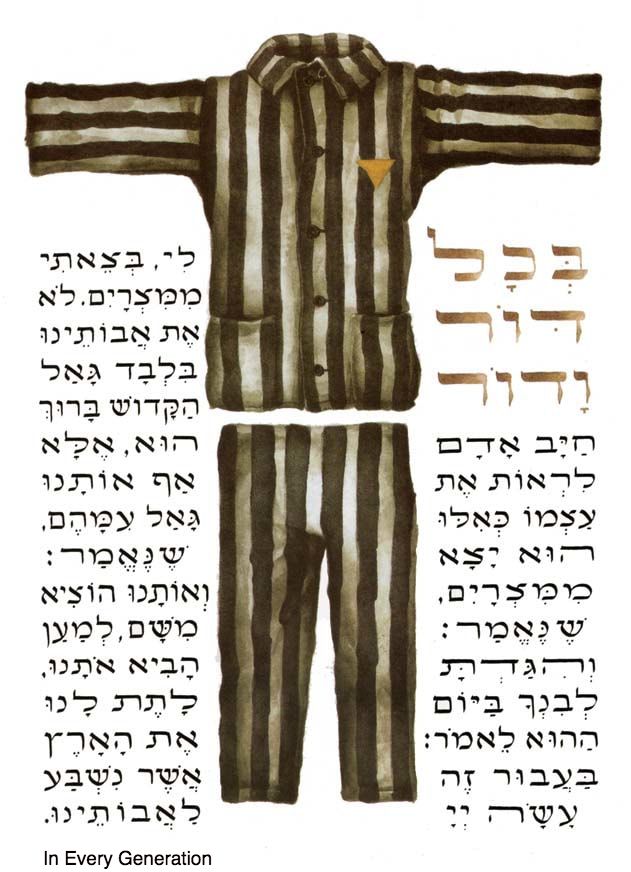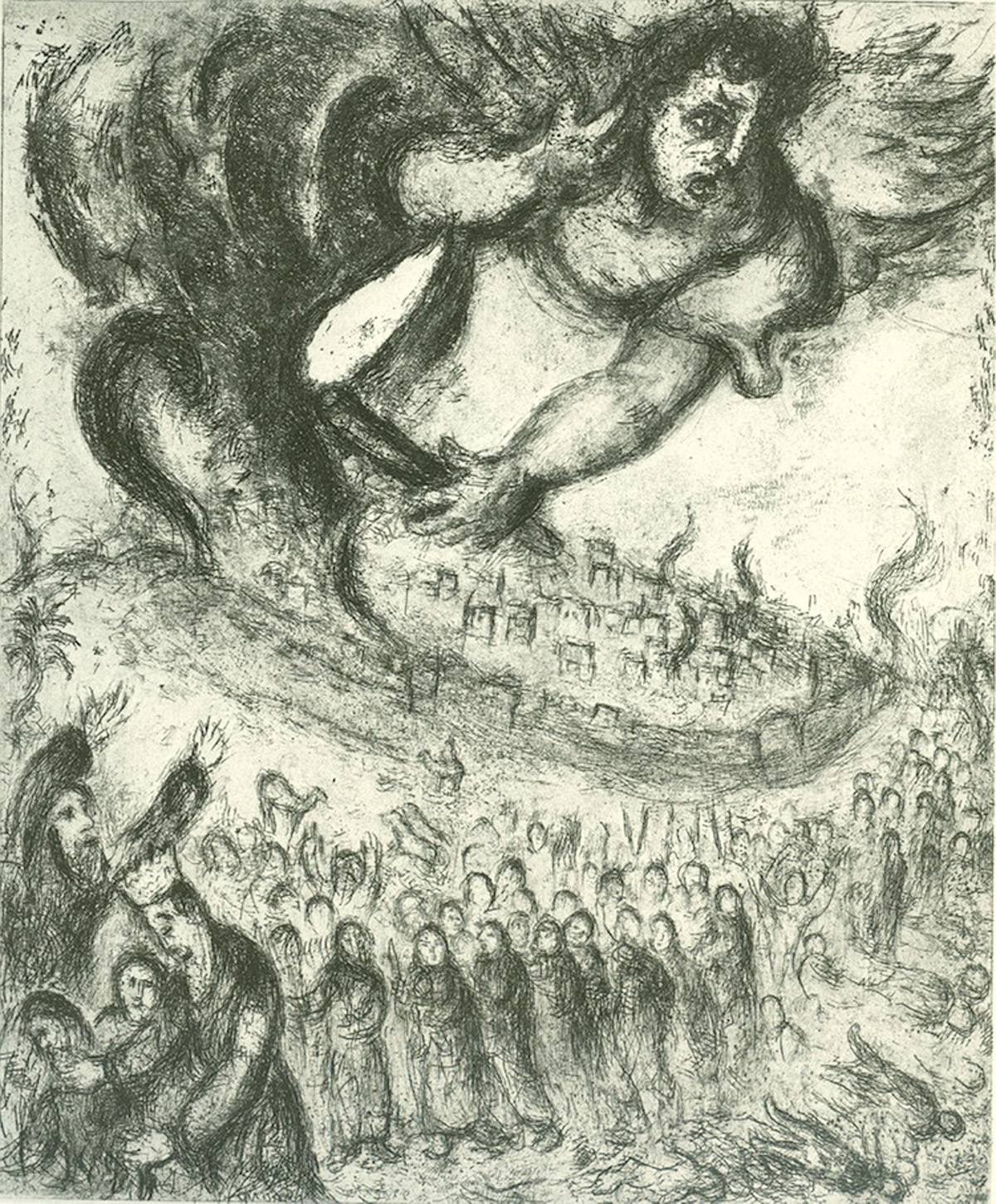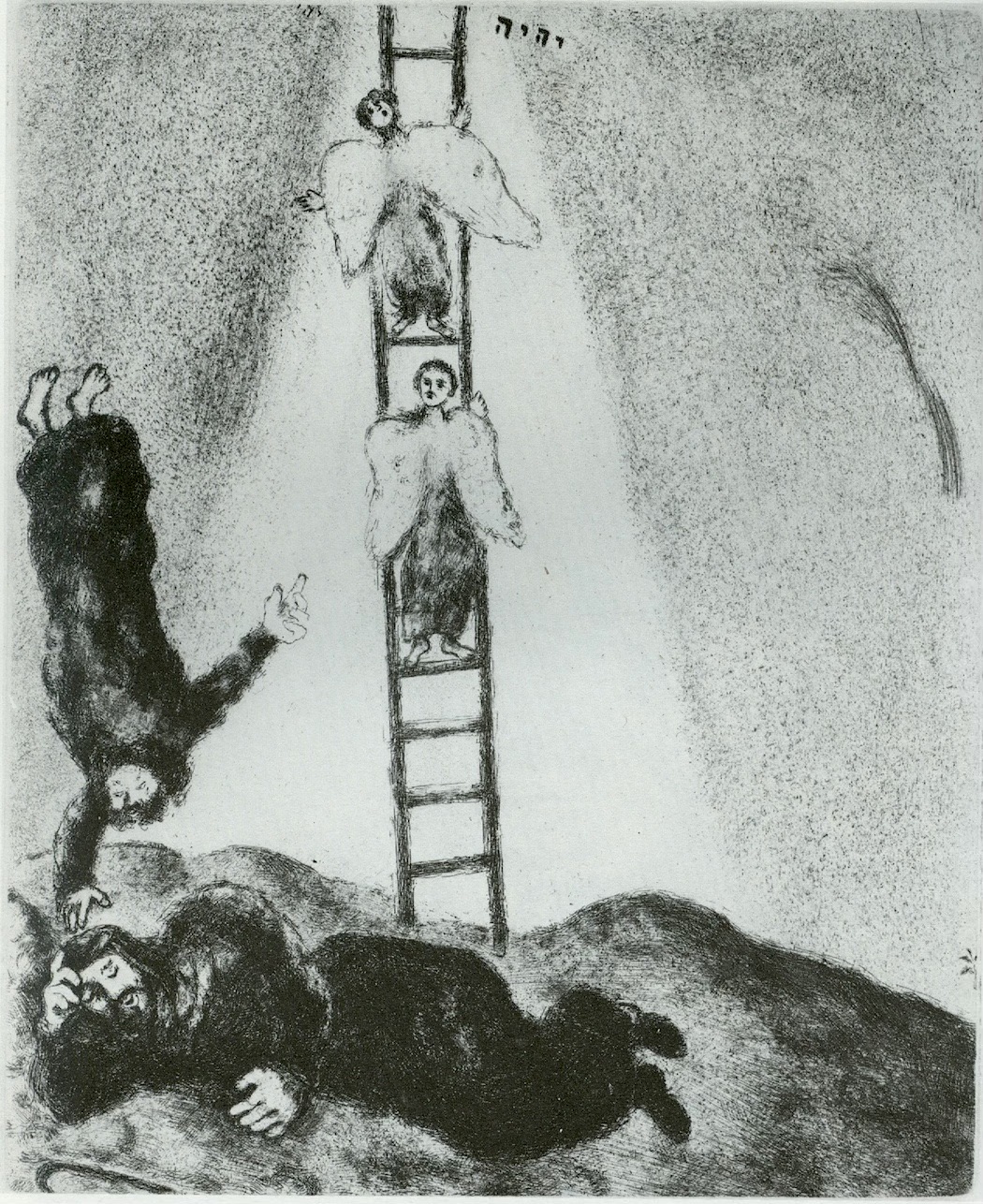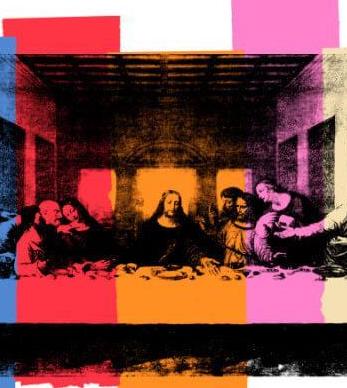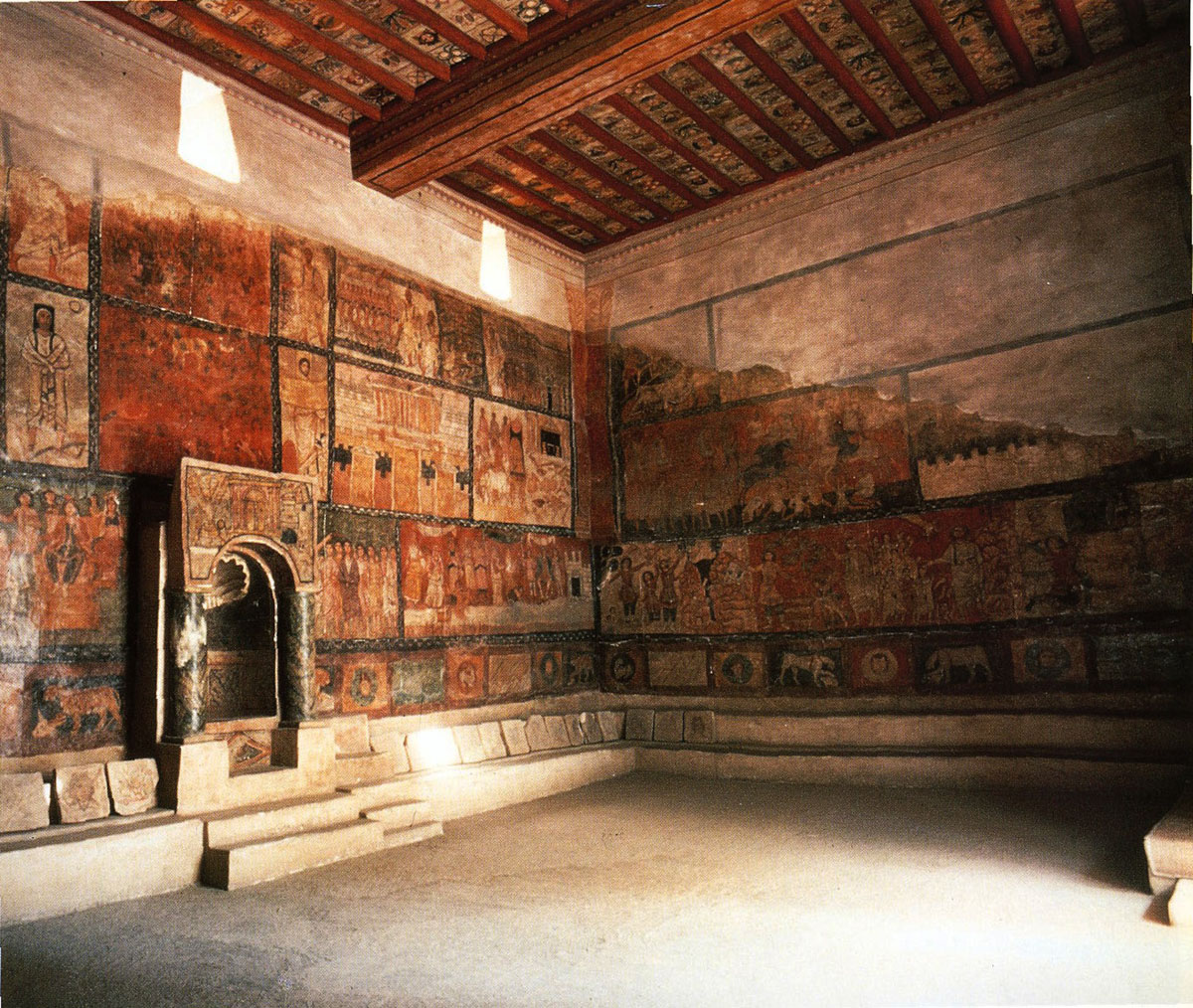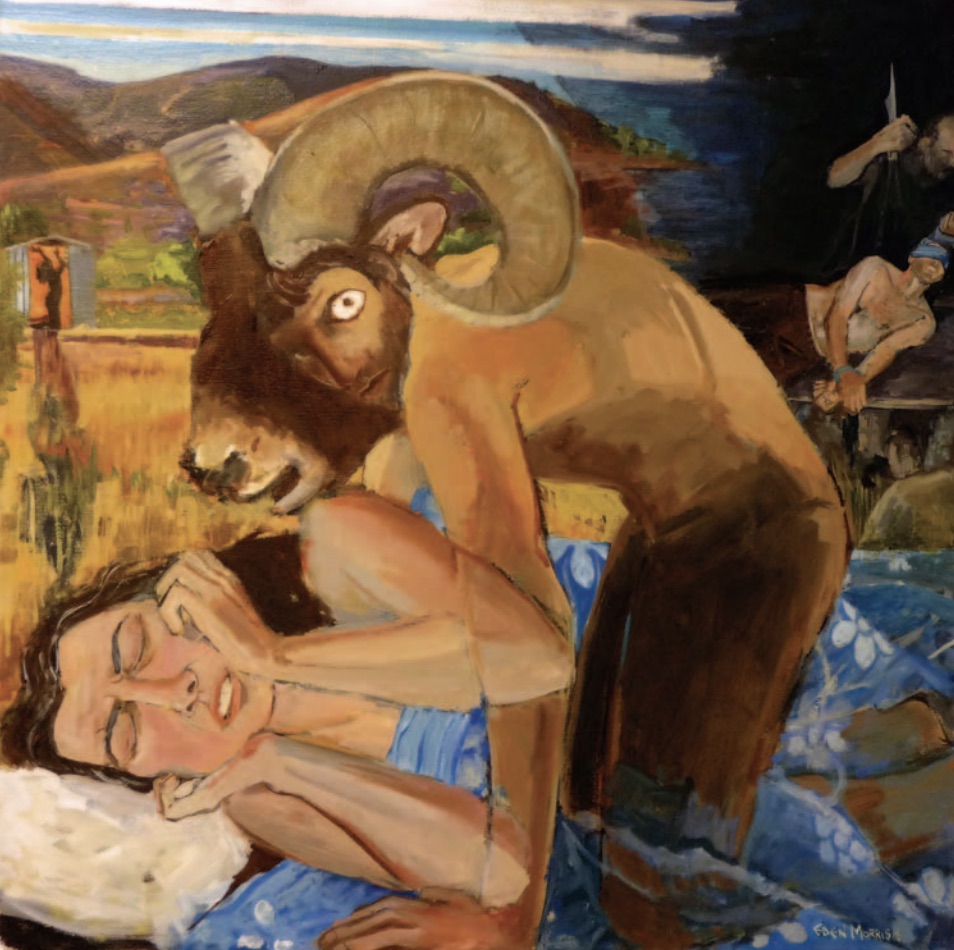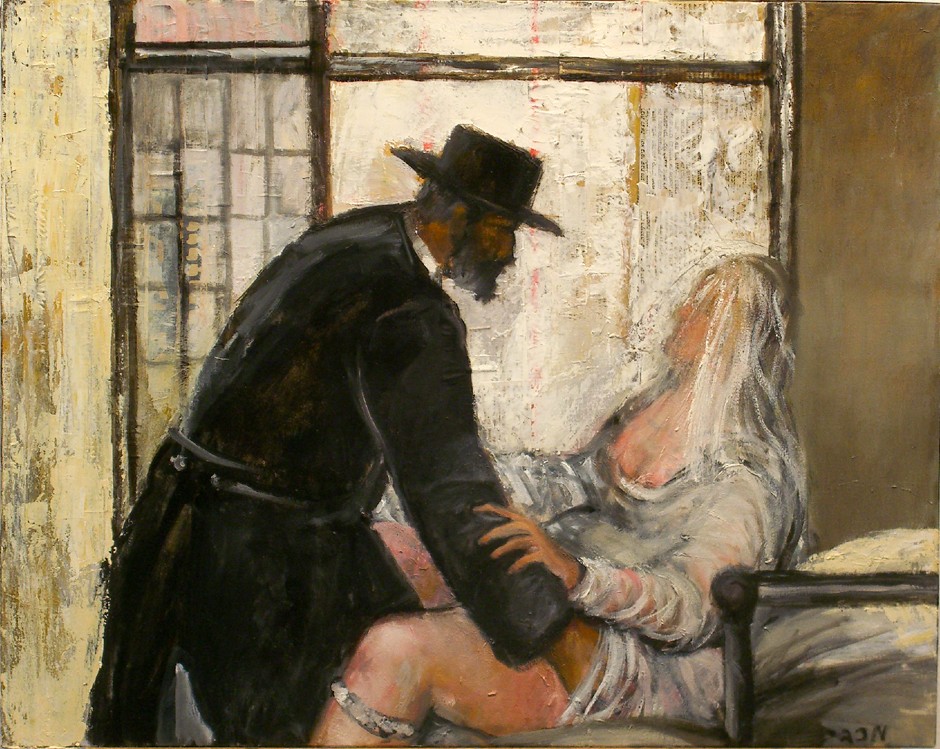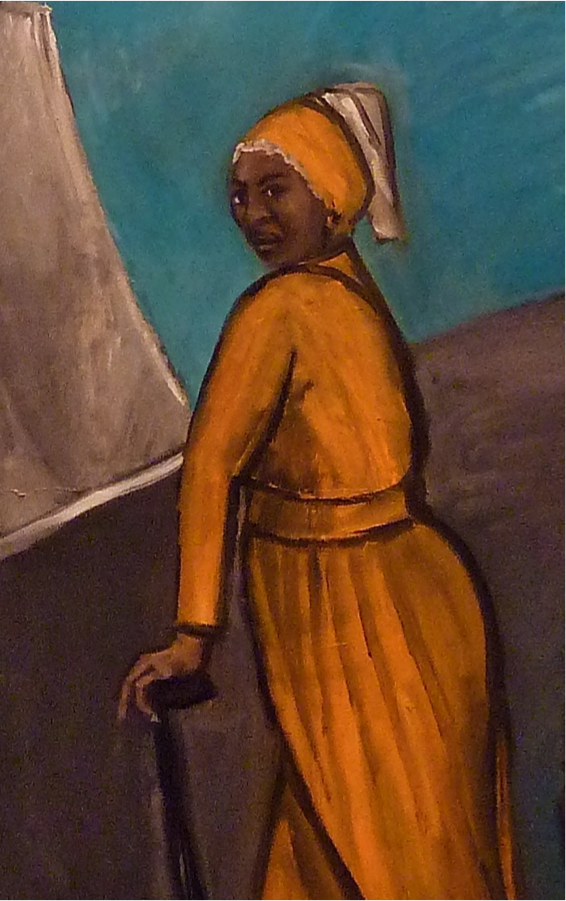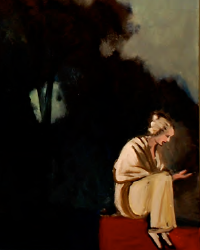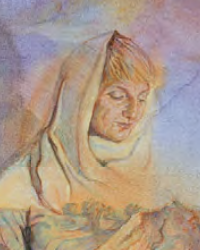Articulate, charming, and thought-provoking illustrated lectures (Zoom and/or live presentations: 90–120 minutes) geared for your diverse synagogue, church, and civic groups.
Contact me to discuss your individual needs and my lecture fee.
Topics
Jewish Art Primer: Introduction to Jewish Art
This exhaustive series of nine separate lectures serves as a fundamental introduction to almost 2000 years of Jewish Art. It covers ancient synagogue murals and mosaics, medieval manuscripts, 17th century books, papercuts, menorahs, 19th & 20th century paintings, the art of the Holocaust and contemporary Jewish Art.
Artemisia: Esther and Women
Artemisia Gentileschi was easily the most famous 17th century woman painter (but not the only one) who competed with the top artists of her time, utilizing Classical, Christian and Biblical subjects.
Her proto-feminist interpretations of Biblical female heroines are shocking.
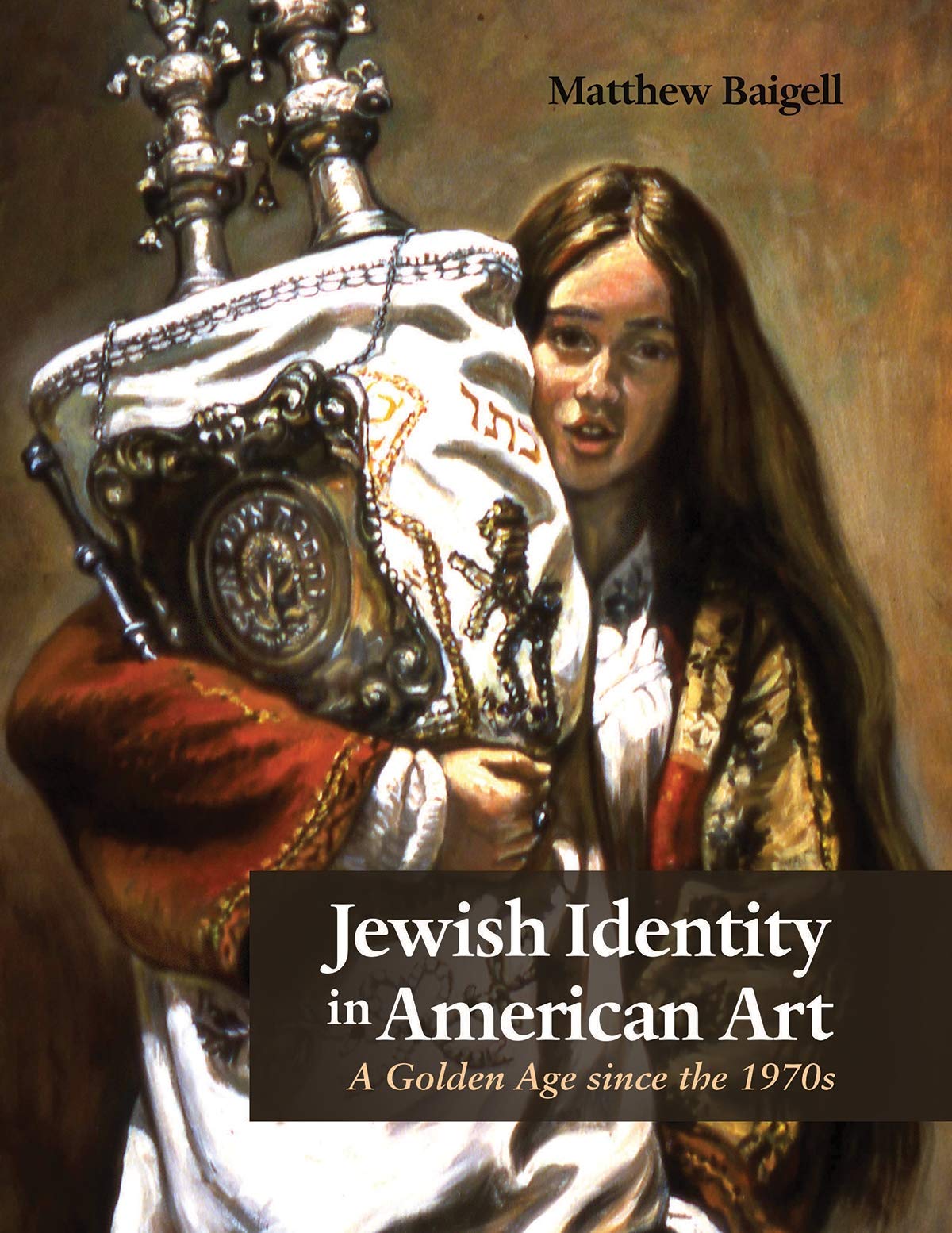 Jewish Identity in American Art (Matthew Baigell – 2020)
Jewish Identity in American Art (Matthew Baigell – 2020)
“These artists [are] the ones most willing to take risks with their material, the ones who have opened up new ways to think about and create art with Jewish religious and secular content. This is a story that needs to be told…”
An exploration of the work of 11 contemporary Jewish artists.
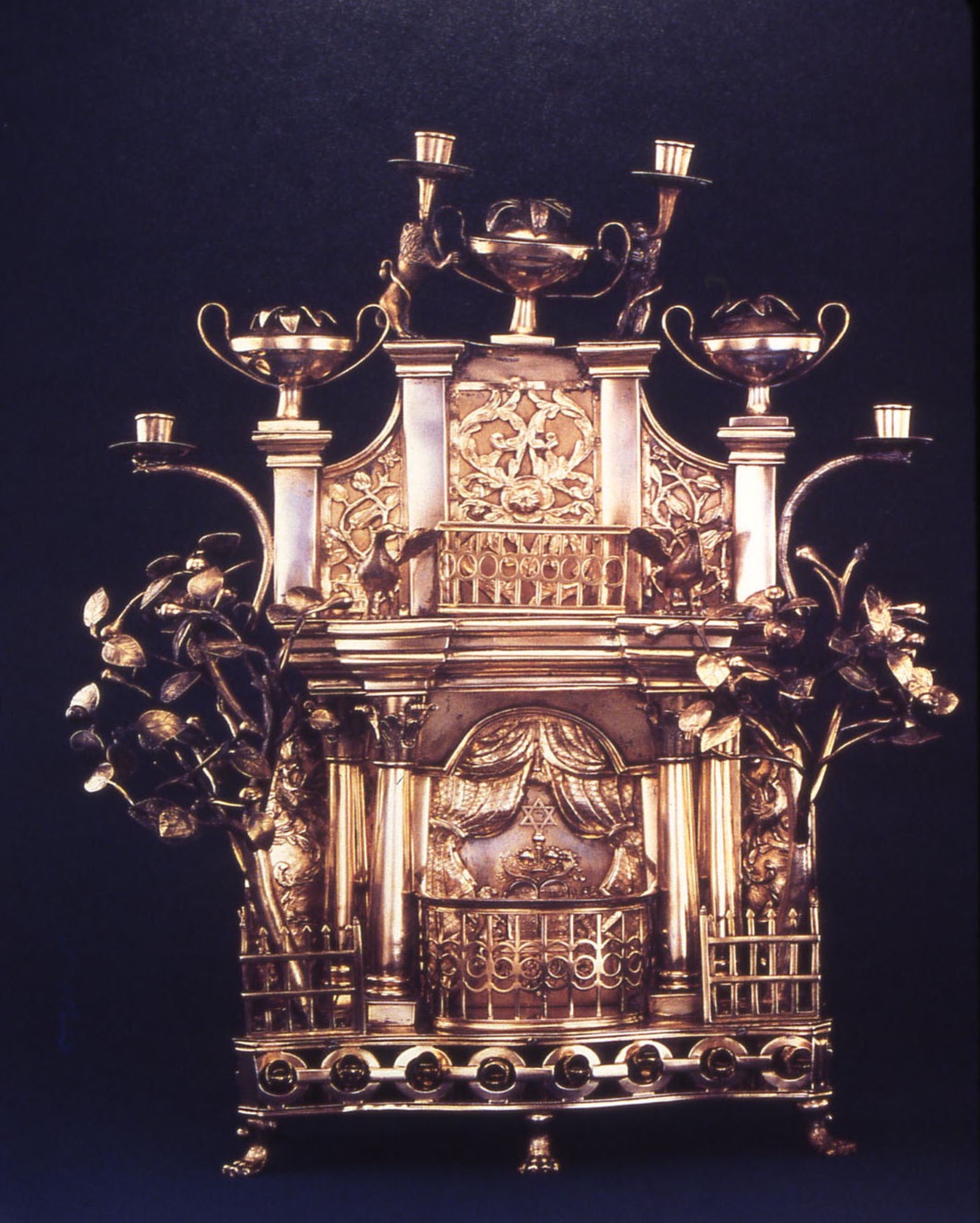 Our Lights Through the Ages – Hanukkah
Our Lights Through the Ages – Hanukkah
The menorah has been an object of Jewish visual creativity for over 600 years.
These wide-ranging samples will astonish you.
Binding of Isaac: How Can We Imagine It?: The Art of Rosh Hashanah
McBee Paintings and 1,700 years of predecessors.
The Radical Camera
In 1936, the Photo League was founded in New York City by a group of young idealistic photographers, mostly Jewish and, typical of the time, many with liberal to left sympathies.
Their work encompassed modernist photography, social documentary, the Harlem Document, race relations and street photography until suppressed by the House Unamerican Activities Committee in 1951. This is their story.
Maus by Art Spiegelman and Lamentations by Mark Podwal
Art Spiegelman’s Maus: A Survivor’s Tale, marks an important rupture in the lineage of survivor testimony. It presents a narrative of survivor testimony through the lens of an adult child of a survivor in a highly unorthodox medium, an early example of the graphic novel or commix format.
In 1974, Mark Podwal — noted author, illustrator, and physician — created a spare, illustrated Book of Lamentations. This complete English translation is graced with 28 black and white reflections, on the tragic text.
Anti-Semitism and Jewish Art
Beside the October 2018 murder of 11 Jews at the Tree of Life Synagogue in Pittsburg, Pa., the Anti-Defamation League continues to report that anti-Semitic incidents are on the rise. From Hezbollah in the north to Hamas in the south, Israel remains surrounded by annihilative enemies. We examine the response of antecedents and contemporary Jewish Art.
David Wander’s Holocaust Haggadah
The Wolloch Holocaust Haggadah (David Wander – 1984) demands that our experience of the Passover seder, a tale about passage from slavery to freedom, is experienced through the visceral lens of the Holocaust.
Mourning, Memory and Art: Images of the Destruction of Jerusalem
From Jean Fouquet (1470), Nicholas Poussin (1635) and David Roberts (1849) to Marc Chagall (1956) and Archie Rand (1993) we examine the inability to forget a shattered dream.
Chagall’s Bible
The series of 105 black and white etchings was begun in 1931 and essentially completed in 1939 but was not published until 1956. These are the most substantive explorations of the Hebrew Bible by any modern artist.
Warhol, Jews and Jesus
“But Warhol the philosopher, the gay hero, the media prophet, the bridge between the establishment and the marginalized: these are the personae that still matter now” (Jason Farago). Andy Warhol, daily church goer, depicted “10 Famous Jews” (1980) as well as an obsessive “Last Supper Series” (1984-87). What could these artworks mean in ‘Andy’s World’?
The Birth of Jewish Art
Dura Europos synagogue mural (245 CE) is the beginning of Jewish visual culture; deeply invigorating and ultimately mysterious. Since they could not have been totally unique, how much more is buried?
Contemporary Artists Exploring Women in Tanach and Talmud
The role of women protagonists in Tanach and Talmudic narratives is dynamic, generative and frequently overlooked in traditional Biblical studies. In many instances women instigate and propel crucial narratives. We explore how contemporary Jewish artists address this rich trove of subjects.
The Rabbis and Uppity Women: Potiphar’s Wife/Joseph and Tamar/Yehuda Narratives
Scandalous images of holy men and women by McBee (1984 – 2022).
Hagar the Stranger: 16 large paintings on the life of Hagar
We examine the life of the “other woman” in Abraham and Sarah’s family in a series of McBee’s paintings (each 6’ x 5’) created 2011-2013.
As a former Egyptian princess and woman of color, Hagar’s role as the Matriarch of the Arab people and final wife of Abraham is scrutinized in these paintings.
Sarah’s Trials: 16 large paintings on the life of Sarah
The background, influences and creation of 16 McBee paintings (each 6’ x 5’, created 2006-2008) that chart the life and death of the Matriarch Sarah are explored in an visual interrogation of the biblical text and its commentaries from Genesis 11:29 through 25:1.
Esther’s Day: Purim in Art
The Book of Esther is the most extensively illustrated narrative in the Hebrew Bible. We consider her story from the images found on the walls of Dura Europos (235CE), to Renaissance masters such as Andrea del Castigano, Botticelli, Michelangelo, Tintoretto, Veronese, Artemisia Gentileschi and Rembrandt.
Many 17th and 16th century illustrated megillahs are examined before we look at five contemporary Jewish artists’ vision of the most famous of Jewish women.
Ruth in Jewish Art: Reality, Devotion and Mystery
We explore images of the Biblical figure of Ruth in multiple illustrations found in a medieval Bible; The Morgan Picture Bible (1250), and three notable 20th century illustrators; Arthur Szyk, Jacob Steinhardt and David Wander.
Additionally the individual works from the Tripartate Mahzor, the Wenzel Bible, Nicolas Poussin, 3 contemporary artists and finally Michelangelo are all examined. These are seen in the narrative context of “Wither Thou Goest…’, “In the Fields of Boaz,” “Boaz Sleeping” and “Michelangelo’s Metaphor.”

